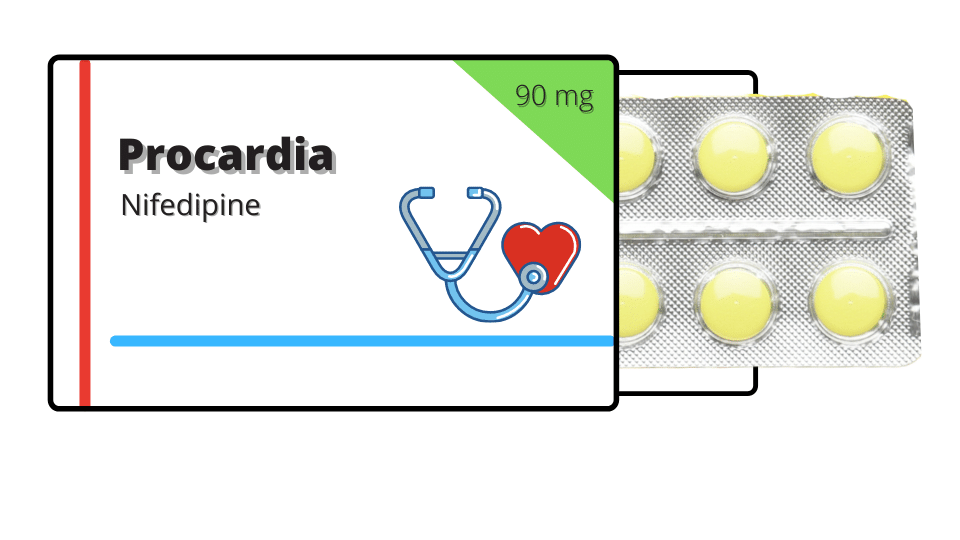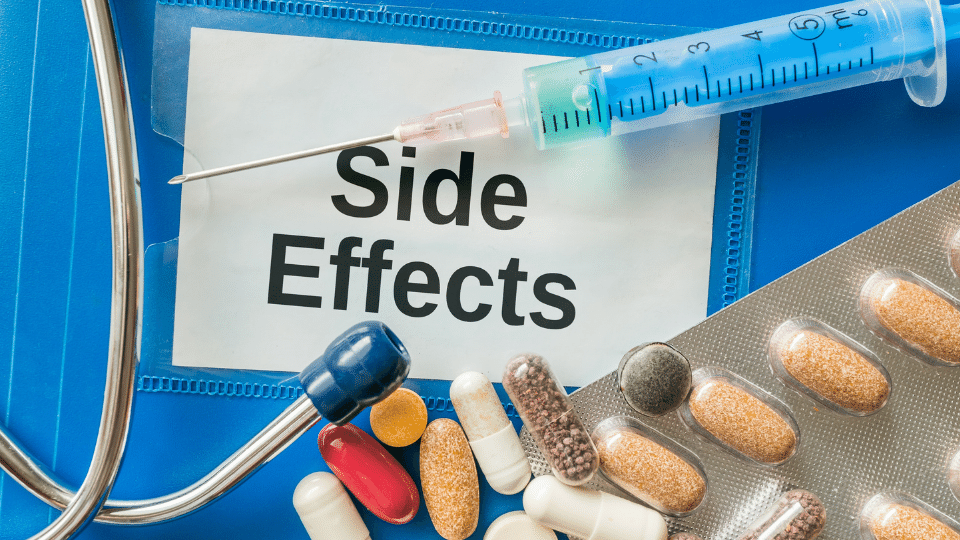1. Information you should know
3. Vasospastic angina (Prinzmetal’s or Variant Angina)
4. Chronic Stable (Effort-Associated) Angina
The dosage form and the dose your doctor prescribes for you are tailored specifically to your condition and its severity, your age and other additional conditions you may have.
Therefore, you should take this medication exactly as directed by your doctor or pharmacist. You should not alter the dose or the frequency of taking the dose without your doctor’s awareness.
Do not crush, chew or divide extended-release dosage forms as they are intended to be swallowed whole. You should also avoid grapefruit products and excess alcohol or caffeine while taking nifedipine.

Initial dose per day: 30-60mg. Increasing the dose could occur at 7 to 14-day intervals.
Maximum dose per day: 90-120 mg. Doses greater than the maximum dose [90mg (Adalat CC), 120mg (Procardia XL)] aren’t recommended.
Initial dose per day: 30-60mg. Dose could be increased over 7 to 14 days.
Maximum dose per day: 90-120 mg. Doses greater than this maximum dose aren’t recommended.
Initial dose per day: 0.2–0.5 mg/kg.
Maximum dose per day: 3 mg/kg or 120 mg/kg.
Initial dose: 10mg 3 times per day. Increasing the dose could occur at 7 to 14-day intervals.
Maintenance dose: 10 mg 3 times per day up to 30 mg 4 times per day.
Maximum dose per day: 180 mg.
Initial dose per day: 30-60 mg. The dose might be increased at 7 to 14-day intervals.
Maintenance dose: 10 mg 3 times per day up to 30 mg 4 times per day.
Maximum dose per day: 120 mg.
Initial dose: 10mg 3 times per day. Increasing the dose could occur at 7 to 14-day intervals.
Maintenance dose: 10 mg 3 times per day (30 mg) up to 30 mg 4 times per day 120 mg).
Maximum dose per day: 180 mg.
Initial dose per day: 30-60 mg. The dose might be increased at 7 to 14-day intervals.
Maintenance dose: 10 mg 3 times per day up to 30 mg 4 times per day.
Maximum dose per day: 120 mg.
Apply 0.2%-0.5% nifedipine ointment to your anal canal 2-3 times a day until the pain stops.
The maximum period that you can use nifedipine ointment is 8 weeks.
Take 20 mg nifedipine by mouth two times a day until pain disappears. Maximum duration of use is 8 weeks.
Initial dose: 5 mg 3 times per day, the dose could be increased depending on response to 20 mg 3 times per day.
Initial dose: 20 mg; followed by 10-20 mg 3-4 times a day. Adjustment could be made according to uterine activity.
Oral dosage form using immediate-release medications: 10 mg 3 times per day.
Hepatic impairment: Dose reduction should be considered in severe impairment. For instance, it’s necessary to reduce oral dose by 50%-60% in patients who have cirrhosis.
Renal impairment: No dose adjustment.
1. Joint formulary committee, BNF 80 (The British National Formulary), 80th Revised edition, Pharmaceutical Press, London, United Kingdom, [2020]
2. Kizior, R.J. and Hodgson, B.B. (2018). Saunders nursing drug handbook 2019. Philadelphia: Saunders.
3. Williams and Wolters Kluwer Health (2012). Nursing 2012 drug handbook. Philadelphia, Pa.: Wolters Kluwer Health/Lippincott Williams & Wilkins.
4. Kolesar, J.M. (2016). Mcgraw-hill’s 2018/2019 top 300 pharmacy drug cards.
5. Lacy, C. (2006). Lexi-Comp’s Drug information handbook international. Hudson, Ohio: Lexi-Comp.
Nifedipine is a calcium channel blocker and it is widely prescribed to treat high blood pressure. Read more about its other uses and side effects.

Most common side effects include: Swelling of ankles, headache, flushing, and dizziness. Find a list of other side effects in this article.

The urethra is a muscular canal that extends from the neck of the bladder to the exterior of body. Read more about the anatomy of urethra in this article.

Chronic kidney disease (CKD) is a disease in which irreversible damage to the kidneys leads to a reduction in kidney function. CKD has 5 stages and many complications.

Learn about medical uses, safety profile, mechanisms and interactions of statins.

Comprehensive guide on Ozempic (semaglutide), including its uses, dosage, side effects, warnings, and interactions.
.png)